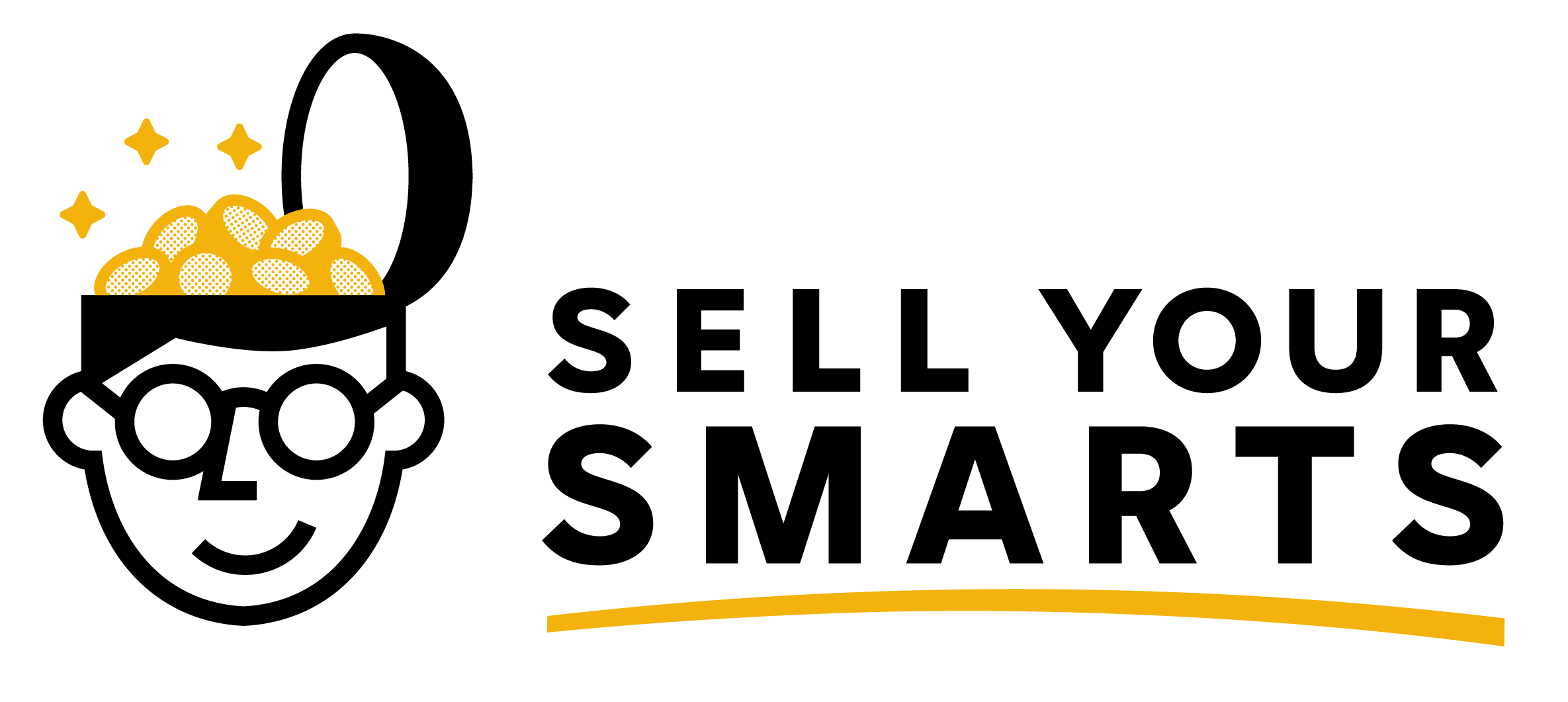People don't pay for products. Not really.
People pay for the promise of a healthier, wealthier, or happier version of themselves.
Your business will sell products, services, experiences, or some combination—but customers will buy from you because they believe you offer the real solution to a real problem they face.
Decide if you're going to help your "Real People" become healthier, wealthier, or happier and identify a list of alternative solutions. Next describe your "Real Solution" as an easy-to-understand category of products, services, or experiences to achieve that transformation.
The first decision you need to make to craft your "Real Solution" is does your solution help your "Real People" become healthier, wealthier, or happier?
If you worked through Maslow's Hierarchy of Marketing in this article, you have a good idea of what Real Problem your Real People are focused on, so now you need to position yourself by deciding what Real Solution you're creating to serve.
Rather than list just one product, create a category of transformation such as "practical, tactical training" or "restorative massage."
To define this category, first explore alternatives to your solution—especially alternatives that look very different but solve a similar problem.
Technically, this could include your competitors but often a list of "alternatives" includes products or services that wouldn't typically register as competitors if you just focused on those.
What solutions are your customers already using to address the problem you're solving?
For example, if you're helping empty-nesters rediscover love in their marriage they may be "solving that problem" (poorly) through social media activity, drinking with friends, or other activities I won't mention here.
They may also be going to therapy or reading books on healthy relationships, so not all alternatives are bad. You need to list all the alternatives, and then determine what makes your solution different so you know where you fit.
Along the way, ask yourself, is your solution something that your real people are actively seeking?
If you can't come up with many alternatives, that may mean your solution is out of touch with what your people desire, or it may mean you need to dive deeper into understanding your real people to learn how they respond to their problems, and where you fit in.
That's it! Now combine what you've created so far into a single purpose statement:
I help {real people} {solve real problem} with {real solution}
